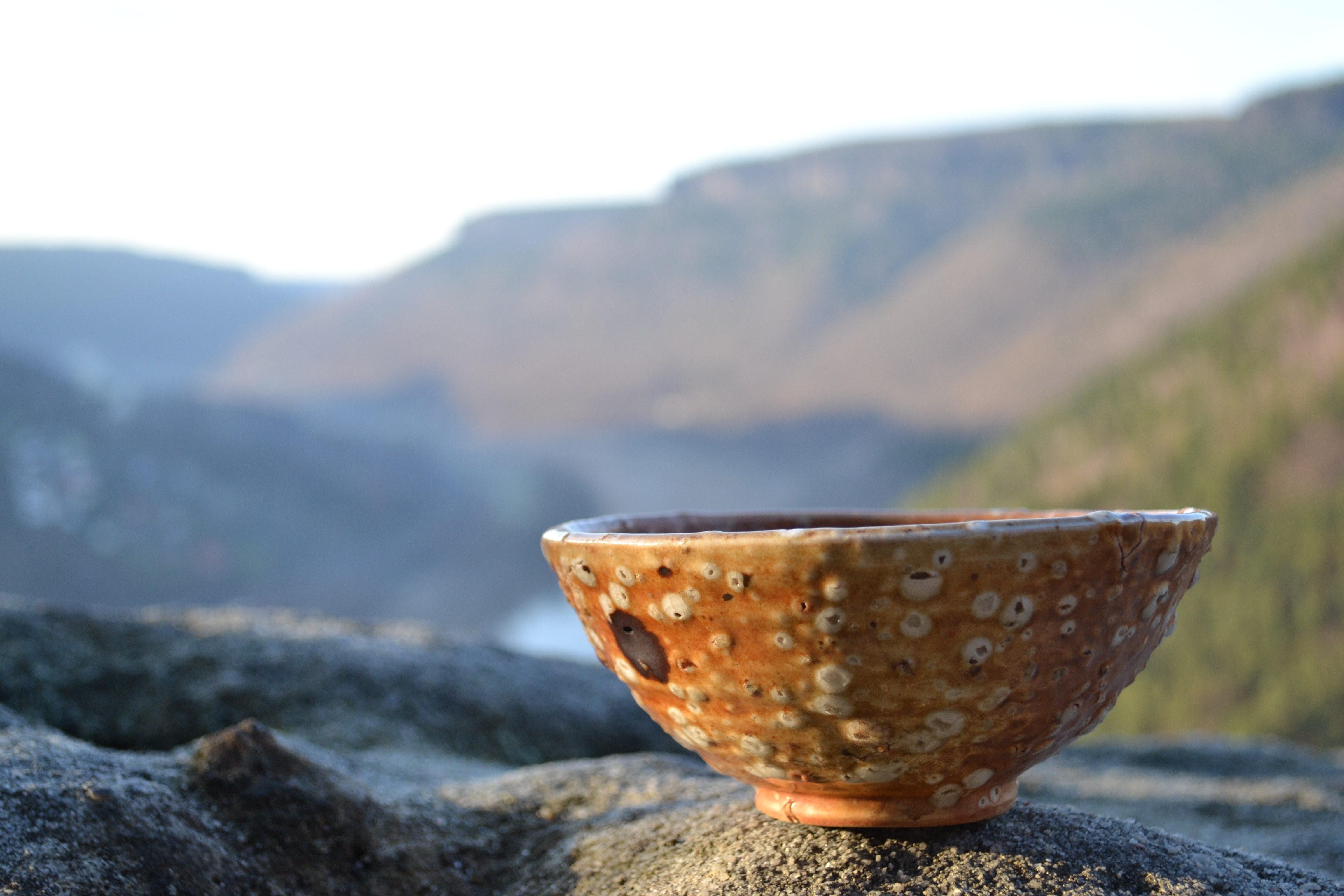Subsurface irrigation using unglazed clay pots (Ollas) is a method that has been used for centuries, especially in arid parts of the world including places in India, Brazil, and Iran. Acting as an on demand watering method that conserves as much as 50-70% of water compared to conventional surface irrigations systems, vegetable gardens and orchards receive water at a slow and steady rate that allows for the moisture to soak in rather than run off. This can be especially beneficial where water is scarce or rainwater is collected and then distributed as the only means for irrigation. The clay pot used for irrigation is an unglazed earthenware pot which naturally is very porous. According to research done by the University of Petroria in South Africa, “the microporous wall does not allow water to flow freely from the pot, but rather guides water seepage from it in the direction where suction develops.” By burying the pot neck deep into the ground and filling it with water, crops that are planted around it receive a steady supply of water through osmosis due to moisture tension and the suction force of the rootsthemselves.
Clay pot irrigation systems have different results in different soil types. In soils that have a higher clay content water can more easily transpire horizontally compared with sandy soils which tend to seep downward. Small clay pots can even be used very successfully in container gardening.
The research done through the University of Petroria, showed that there were significant results in some of the crops that were tested using clay pot irrigation. The ones tested that benefited the most using this method compared to traditional hand or sprinkler watering were cauliflower, corn and rapeseed. In no cases did the clay pot irrigation system have lower yields than the other systems. Trees and shrubs planted with clay pots nearby were shown to experience faster growth and showed an absence of water stress.
Fertilizer can be applied directly into the clay pots. A less amount of fertilizer can also be used than normal because there is no run off involved.
In use, clay pots should be buried up to the neck, kept 50% full or more, and should be covered with a lid to avoid mosquitos and debris. Pots that hold around 2 gallons (8 litters) are usually used. The larger the pot the more area it will water.
To find local growers that are using sustainable growing practices such as this, please check out Pick-A-Pepper.com!
Photo of Olla being buried
Similar Stories:
- ADAPTING YOUR POND TO CLIMATE CHANGE
- Growing Figs In a Temperate Climate
- 7 Signs You’re Probably Not Getting Enough Vitamin D
- Scientists have found a way to pull water from the air using only energy from the sun
- Five Myths About Food Safety and Home Gardens




